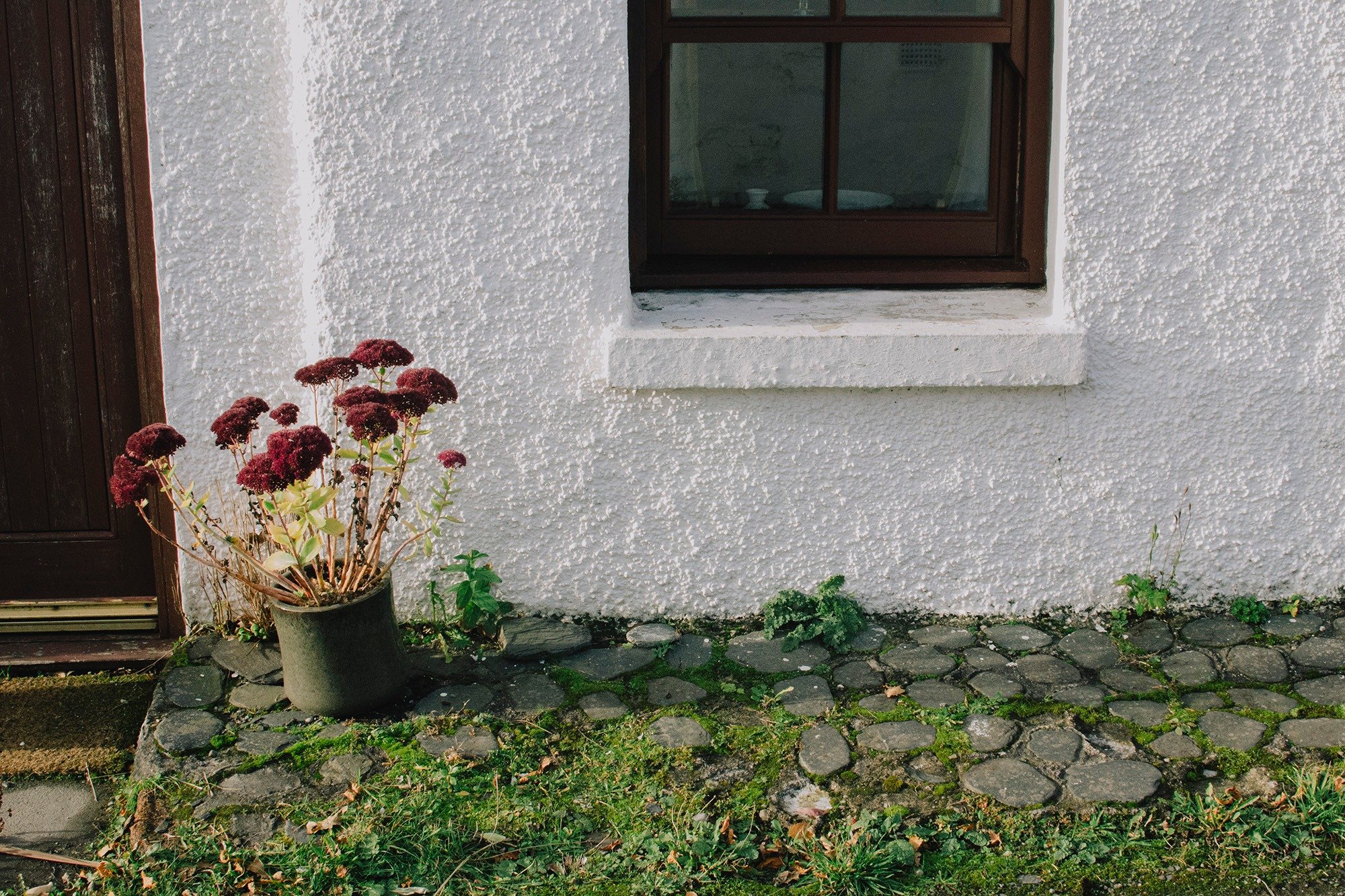Drystone in Seil & Luing, Slate Islands.
Even though I am a dry stone waller in Perthshire, Scotland. I regularly drive out of Perthshire to see the drystone walls around Scotland. This trip took us over two hours away to Argyll and Bute and the Islands of Seil and Luing, two of the slate islands. We parked up at Ellenabeich and immediately fell in love with the incredible harbour wall made from vertically stacked slate. The beach and a lot of the land are built on slate that was discarded into the sea. It’s a conservation area and well worth a visit.
Then a five minute crossing over the Cuan Sound to Luing to see a disused slate quarry. The Cuan Ferry is actually the shortest ferry ride in Scotland!
The sheer amount of drystone on Seil & Luing is astonishing. Aside from free standing dry stone walls, people have built retaining walls, farm buildings, cobbles and even Galloway dykes with slate which has a very unique look. The stones used for copes seem to have been picked from the beaches and water nearby as they have been rounded by water erosion, providing a beautiful contrast to the sharper edges of the wall below.
Galloway dyke built with slate.
Functioning Galloway dyke built with slate.
Love this nontraditional method of pinning. Copes pinned with sea shells from the beach just a few metres away. Beautiful work and a strong nod to the surrounding environment.
Slate Cobbles.
Section of a farm building built with slate.











